What Is A Starfish Sansevieria: Information About Starfish Sansevieria Care
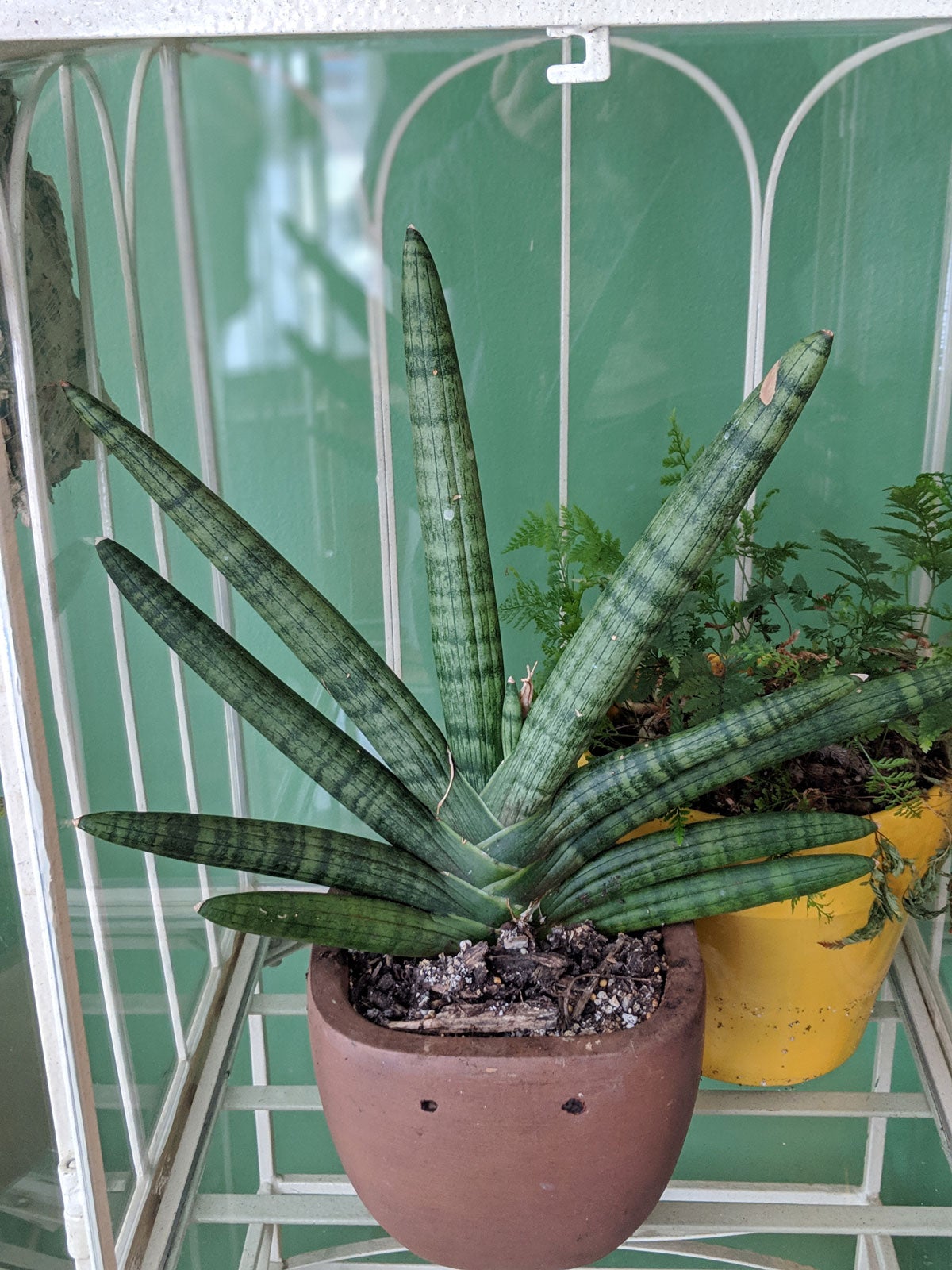
If you like succulents, try growing starfish sansevieria. What’s a starfish sansevieria? Starfish sansevieria plants, as their name suggests, are starfish-shaped succulents. The following article contains Sansevieria cylindrica info about growing starfish sansevieria and their care.
What is a Starfish Sansevieria?
Starfish Sansevieria ‘Boncel’ plants are rare but worth searching for. They are a more compact hybrid of Sansevieria cylindrica, or snake plant, a more common succulent. The plant has fan-shaped, light green foliage with dark green concentric circles from the top to the bottom of the leaf. Young “pups” spring from the base of the plant and can be easily transplanted to propagate new plants.
Sansevieria cylindrica Info
Sansevieria cylindrica is a succulent plant that is native to Angola. It is a common and revered houseplant in China where it is said to embody the eight virtues of the Eight Gods. It is an extremely hardy plant with striped, smooth, elongated gray/green leaves.
They can get to about 1 inch (2.5 cm.) across and grow as long as 7 feet (2 m.). It grows in a fan shape with its stiff leaves arising from a basal rosette. It has subcylindrical leaves, tubular rather than strap-like. It is drought tolerant, needing water only about once every other week.
It can grow in bright sun to partial sun but if allowed full sun, the plant will bloom with inch long (2.5 cm.), greenish white, tubular blossoms that are tinged with pink.
Starfish Sansevieria Care
Growing and caring for starfish sansevieria is just like caring for the common snake plant above. Also easy to care for, it prefers bright light but will tolerate lower levels. Plant starfish in regular succulent potting mix. Generally a houseplant, starfish sansevieria is hardy to USDA zones 10b to 11. Water starfish sansevieria only when it is completely dry.
As a succulent, it collects water in its leaves so overwatering may cause the plant to rot. Place starfish sansevieria in a room with an average home temperature and protect it from drafts or cooler temps below 50 degrees F. (10 C.). Feed the plant once every three weeks with a general all-purpose houseplant food diluted by half.
Gardening tips, videos, info and more delivered right to your inbox!
Sign up for the Gardening Know How newsletter today and receive a free copy of our e-book "How to Grow Delicious Tomatoes".

Amy Grant has been gardening for 30 years and writing for 15. A professional chef and caterer, Amy's area of expertise is culinary gardening.
-
 Looking For Plants To Give You The Soft And Fuzzies? Try These 5 Fuzzy Leaf Plant Options
Looking For Plants To Give You The Soft And Fuzzies? Try These 5 Fuzzy Leaf Plant OptionsLovers of texture, drama, silver foliage and tactile plants will adore these special sensory garden additions. These fuzzy leaf plant options will leave you all aglow
By Susan Albert
-
 Get Ready For A Summer Of Hummers! Grow These Full Sun Hummingbird Plants and Flowers
Get Ready For A Summer Of Hummers! Grow These Full Sun Hummingbird Plants and FlowersIf you’re lucky enough to enjoy a sunny backyard, make sure you are maxing out on your pollinator opportunities and grow these full sun hummingbird plants and flowers
By Tonya Barnett
-
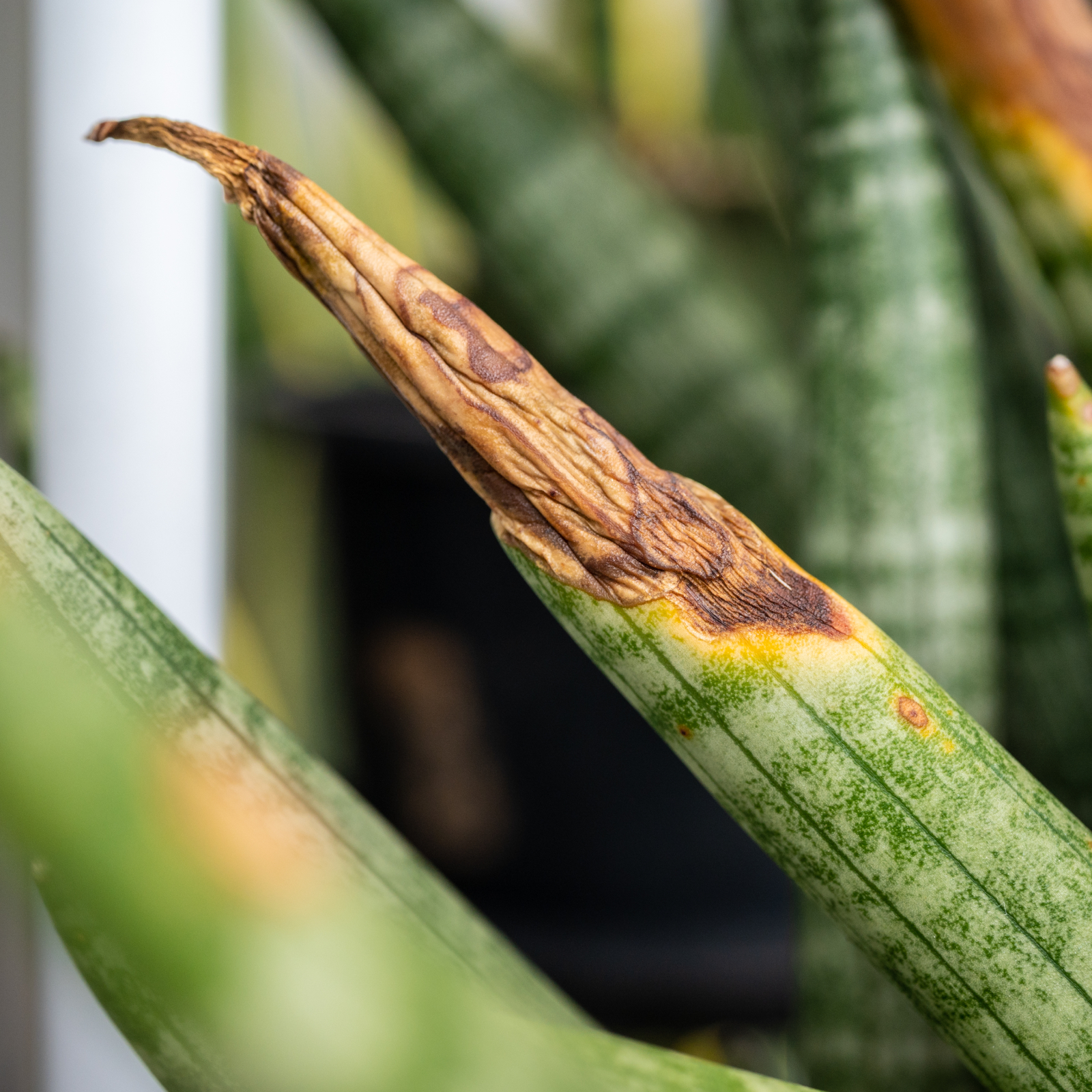 Help, My Snake Plant Is Mushy! Advice For Root Rot In Snake Plants
Help, My Snake Plant Is Mushy! Advice For Root Rot In Snake PlantsSnake plants are hardy houseplants, but they can be susceptible to root rot. Learn how to prevent and treat this common snake plant problem.
By Amy Grant
-
 Are Snake Plants Toxic To Dogs? Keep Your Pup Safe Around These Popular Houseplants
Are Snake Plants Toxic To Dogs? Keep Your Pup Safe Around These Popular HouseplantsSnake plants are incredibly popular houseplants because of their hardy nature, but are they dangerous to human's best friend? Learn how to keep your pup safe.
By Amy Grant
-
 Snake Plant Getting Enough Light? Understanding Light Requirements And How To Adjust
Snake Plant Getting Enough Light? Understanding Light Requirements And How To AdjustSnake plant light requirements aren’t as stringent as for some houseplants, but the right lighting is important for their growth and well-being.
By Tonya Barnett
-
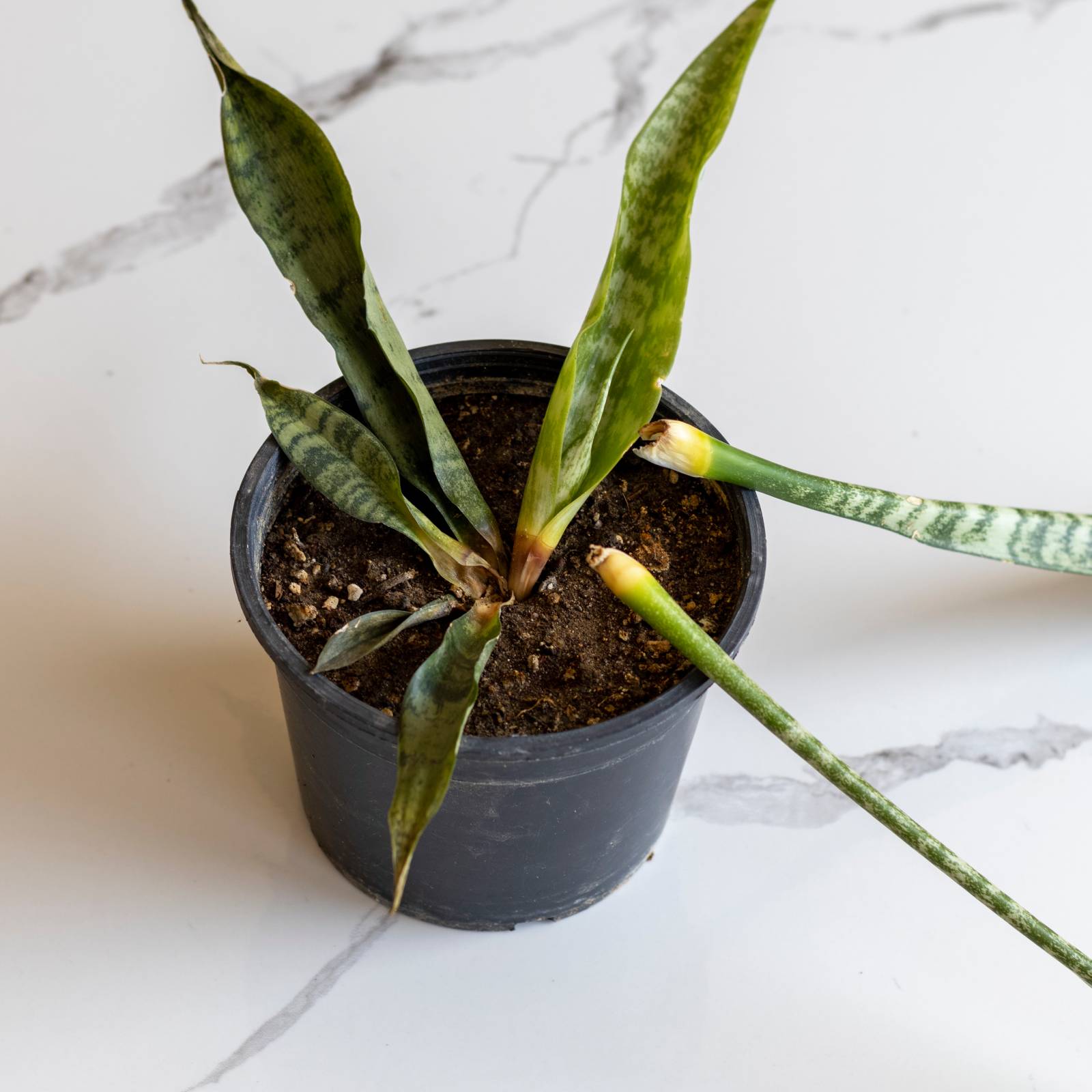 Telltale Signs Of An Overwatered Snake Plant – And How To Fix This Fatal Mistake
Telltale Signs Of An Overwatered Snake Plant – And How To Fix This Fatal MistakeBy Bonnie L. Grant
-
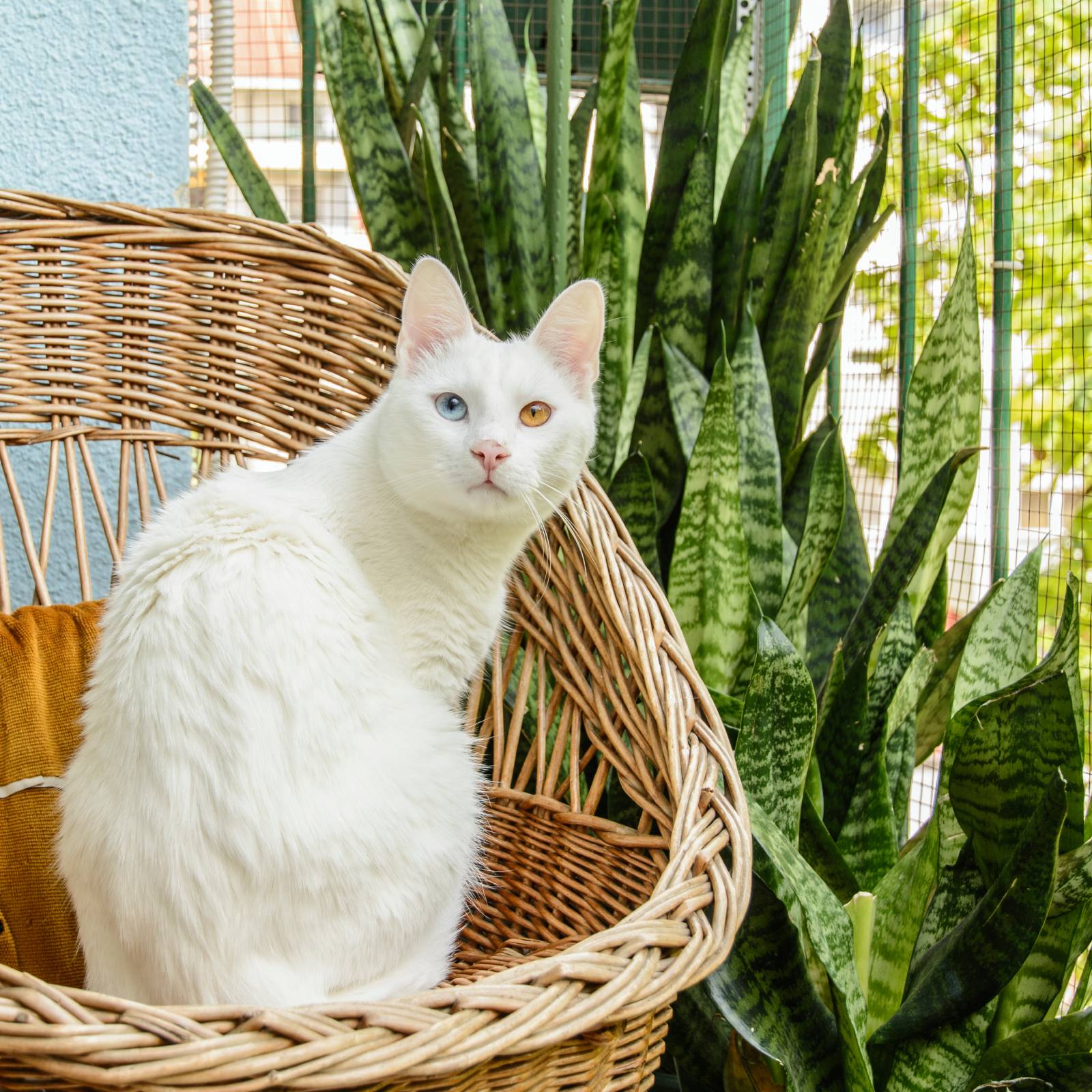 Are Snake Plants Toxic To Cats? Here’s How To Protect Your Felines And Avoid Trouble
Are Snake Plants Toxic To Cats? Here’s How To Protect Your Felines And Avoid TroubleAre snake plants toxic to cats? A good rule of thumb is to simply keep the plant where kitty can’t get to it.
By Mary Ellen Ellis
-
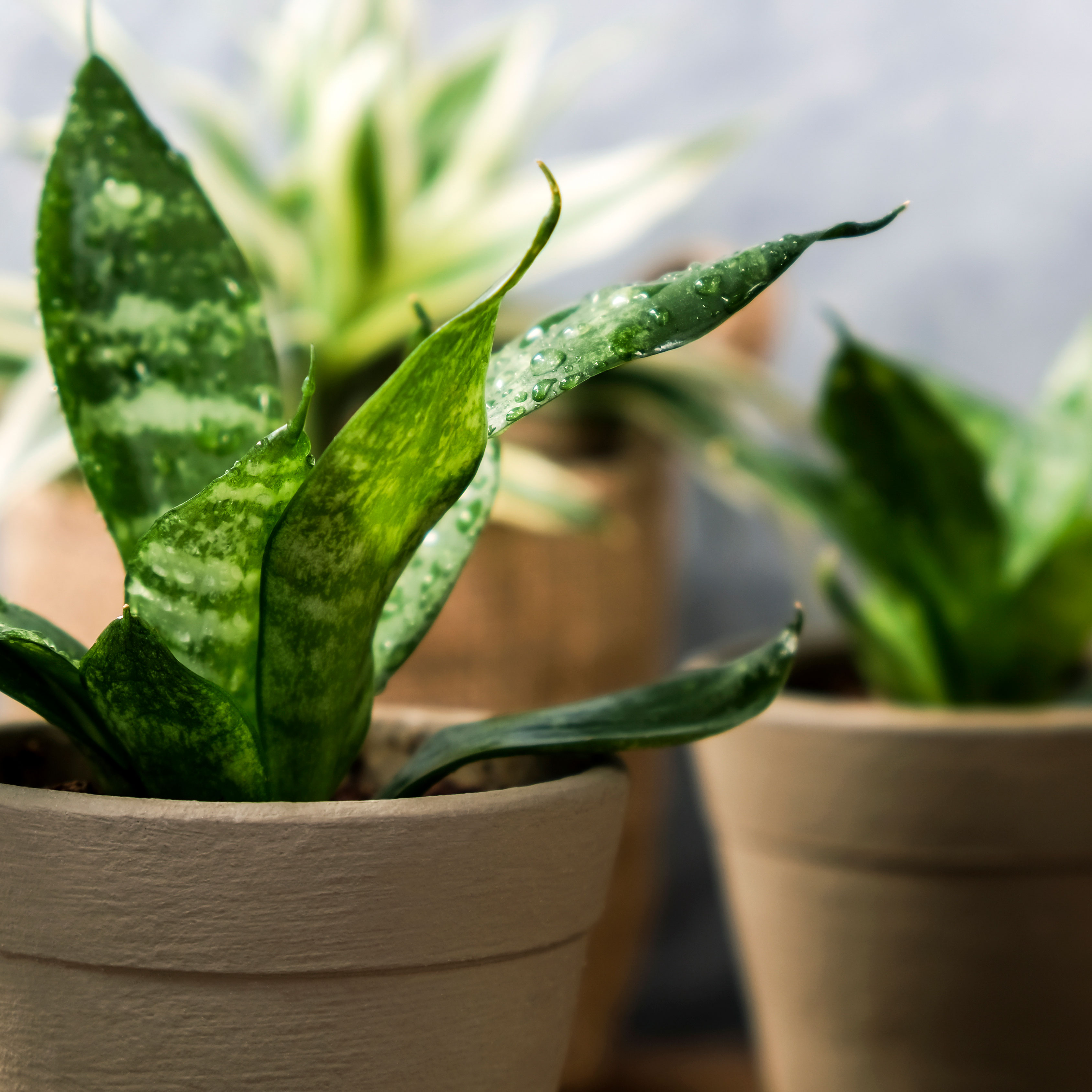 Mini Snakes: Try These 6 Small Snake Plant Varieties For A Cute And Compact Indoor Plant
Mini Snakes: Try These 6 Small Snake Plant Varieties For A Cute And Compact Indoor PlantYou love the drama and structure of a snake – but what if you don’t have much indoor space? These small snake plant varieties are ideal for mini pot perfection
By Teo Spengler
-
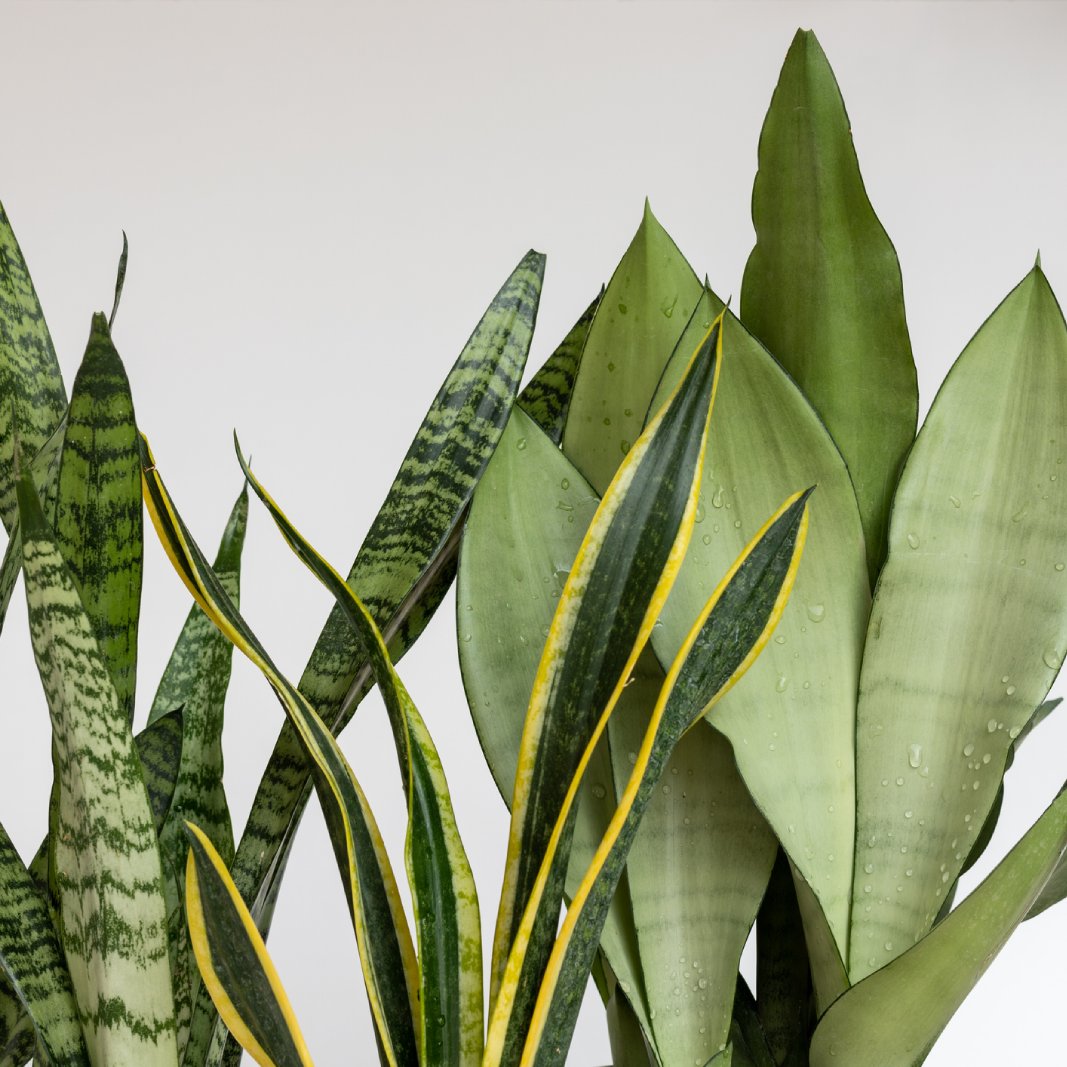 10 Snake Plant Varieties To Elevate Your Indoor Plant Collection
10 Snake Plant Varieties To Elevate Your Indoor Plant CollectionDon’t let the name fool you - snake plants are friendly, beautiful, and easy to grow. Here are 10 of my favorites you may not have heard of.
By Bonnie L. Grant
-
 Tips For Transplanting A Snake Plant
Tips For Transplanting A Snake PlantSnake plants require very little care, which can make it difficult to judge if repotting one would be beneficial. Read on for tips.
By Laura Miller